





Horse Happy Veterinary Services
Technical equipment :
To be able to offer the best possible service to you and your horses/ponies, we have invested heavily in state-of-the-art equipment which we will be able to use at your yard (we would need mains power for the videoscope equipment). So we will come out and do the diagnostics at your place.
Furthermore we have all other normal equipment which you would expect from an equine-practice such as dental rasps and speculums to perform routine dentistry, hoofknives and other hoof-equipment to investigate foot-problems, stitch-kits, castration equipment, etc.
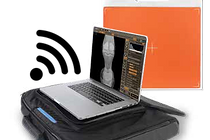
Digital X-ray:
The ability to take X-rays is nowadays an integral part of equine practice and is used in
lameness investigations, prepurchase and insurance examinations, dental problems, etc.
To be able to perform these examinations, we have invested in the new Sprint Air from Sound which comprises a battery powered autosensing Canon panel which is quite simply the ultimate in lightweight wireless equine DR systems: the x-rays can be interpreted on the tablet screen within seconds after taking them.
If necessary, these digital images can be e-mailed to specialised colleagues for a second opinion. We can also come out to x-ray your horse and pass the images on to your normal veterinarian by e-mail.
If your horse/pony needs remedial farriery, we can organize to be at your yard together with your farrier so that he/she can interpret the x-rays immediately and adjust the trimming and shoeing accordingly.
Some views taken with our previous X-ray system:
The head:
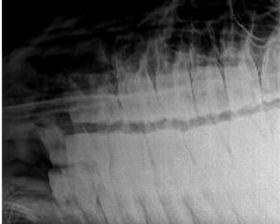
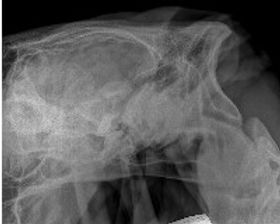
The stifle, foot and knee:

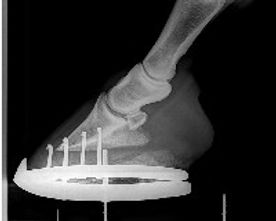
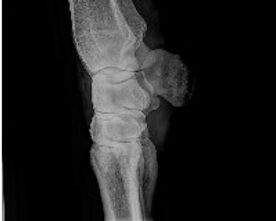

Videoscope:
Endoscopic examinations are becoming increasingly important to be able to diagnose
certain clinical problems such as stomach-ulcers, uterine adhesions, upper-airway
problems, etc.
Videoscope: we have the use of a 1.2 meter long videoscope which can be used for upper airway examinations, tracheal washes and hysteroscopy for intra-uterine examinations and deep-uterine inseminations; we also have a 3 meter long videoscope to perform gastroscopy to identify stomach-ulcers.
The modern technology of videoscopes gives a far superior image quality in comparison with the older fiber-optic endoscopes. Furtermore, the 3 meter long scope enables us to reach the stomach of the horse which is not possible with the shorter models.
The obtained video and pictures will be stored for future reference and follow-up of the problem and can be e-mailed for second opinion if necessary. If your normal veterinarian doesn't have this equipment, we can come out to perform the examination and pass on the video/pictures to him/her. All images can also be burned onto a CD-rom.
Some videoscopic images:
The pharynx and larynx (throat):
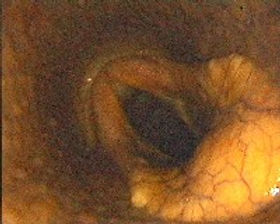

The stomach:


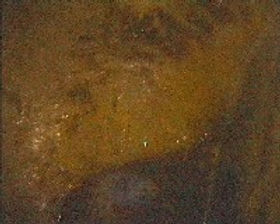
The uterus (womb):
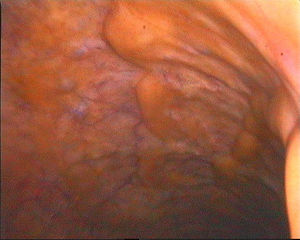
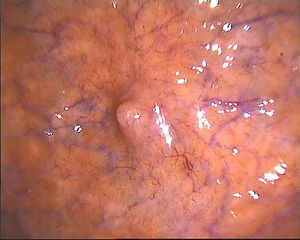

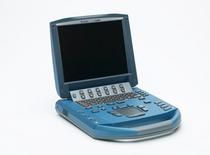
We use the scanner for reproduction work such as evaluating the uterus and ovaries prior to breeding, pregnancy diagnosis (including twin detection) and follow-up, testicular examination, etc. In the sick newborn foal we can use the scanner to examine the umbilical stump, chest and abdomen.
Another use for the scanner is the examination of soft-tissue injuries including tendons during lameness work-ups and abdominal scanning during colic examination. Images and videos can be stored for future reference or can be e-mailed for second opinion
Some tendon scans:
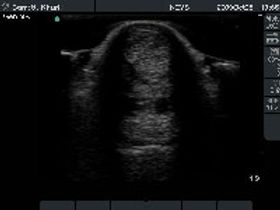


Some pregnancy scans: 18 days, 38 days and 4-5 months (the eye is being measured).
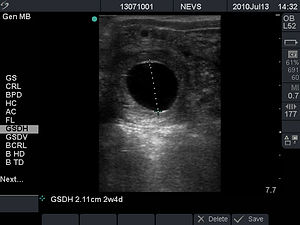
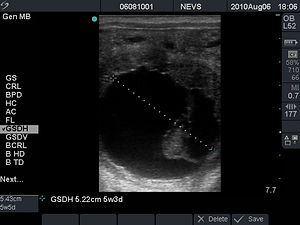
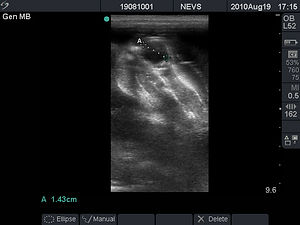
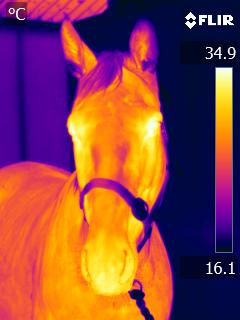
Thermal Camera:
Thermal cameras scan the horse’s body for hot or cold spots. A hot spot indicates
inflammation or increased blood flow. Cold spots indicate a decreased blood flow,
usually the result of swelling, nerve damage or scar tissue.
Not only is it non-invasive; this means that we can investigate the horse without
touching it, it is also a very practical way to spot problems in the horse’s lower limb
tendons, ligaments and joints as well as soft tissue areas of the upper limbs and
heavily muscled areas of the upper body. After locating an area of interest, we can
then perform further diagnostics by concentrating on that particular area.
ECG:
Our portable digital ECG-machine is used when a heart-problem is suspected. We can use it on the horse while resting or while being worked for up to 30 minutes.
The readings can then be down-loaded to a computer for further analysis and/or send off for a second opinion.
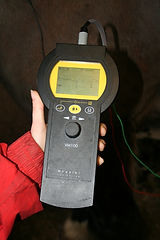
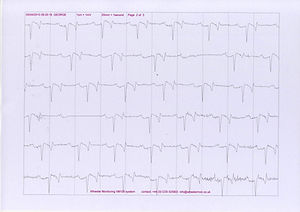
Dental Equipment:
We have currently an HDE Power Tool with a Flexxidisk piece which is an extremely versatile and incredibly robust tool. The low profile head makes it easy to reduce overgrowths in the tightest of mouths and the well guarded diamond disc is extremely tissue friendly. We also have the Bowl Hand Piece which is used to reduce hooks and ramps on the first two premolars.
We have of course a full set of hand rasps, dental mirror, elevators, etc. to enable us to perform a full dental examination and treatment.



